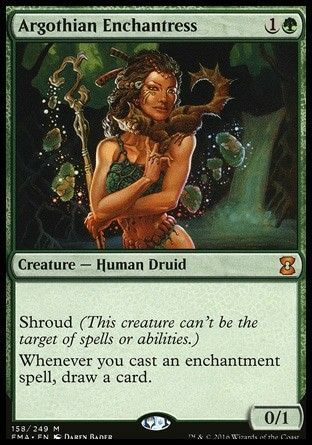

Each of those creatures deals damage equal to its power to the other creature. FightĪ spell or ability may instruct a creature to fight another creature or it may instruct two creatures to fight each other. Since then, certain cards also interact with the exiled zone too. That card is then considered exiled, and it can’t be accessed by normal game actions.Īlthough removing cards from the game has been a mechanic since Alpha, only in Magic 2010 was it made into the keyword action exile. To exile a card is to put it into the exile zone, a special zone separate from the battlefield and from the graveyard. Magic: The Gathering Comprehensive Rules, 406. “Exile”. To exile an object is to put it into the exile zone from whatever zone it’s currently in. To be prepared to cancel out whatever your opponent throws at you, see our Counter article! Exile Counterspells are overwhelmingly blue, but white and green occasionally get them too. This keyword action has been in the game since Alpha, and counter is effectively evergreen. Hard counterspells counter a spell or ability no matter what, while soft counterspells only counter it if its controller can’t pay a specific cost. Nothing happens to the permanent whose ability it was.Ĭards that counter are generally called counterspells, which are divided into hard and soft. A countered ability simply doesn’t happen. Rather, the countered spell is sent to the graveyard. Magic: The Gathering Comprehensive Rules, 701.5. “Counter”.Ĭounter is a keyword action that cancels a spell or ability, so its effects do not occur. To cancel a spell or ability so it doesn’t resolve and none of its effects occur. It also then appeared on equipment, which were introduced in that same set. However, neither can attach to an invalid target, one of the wrong type.Īttach was introduced as a keyword action in Mirrodin, to make the rules on aura enchantments simpler. Auras and equipment both use the attach keyword action. That target then gets the effects listed in the attached card’s text. To attach a permanent means to move it onto another target permanent or a player. Magic: The Gathering Comprehensive Rules, 701.3. “Attach”. To attach an Aura, Equipment, or Fortification to an object or player means to take it from where it currently is and put it onto that object or player. In the card’s text, they will tell you to do something specific. They’re almost always verbs, which is how you can distinguish them. Instead, they describe the actions a player takes in the game. Artist: Cyril Van Der Haegen.Įvergreen keyword actions aren’t abilities that cards have in MTG. MTG Evergreen Keyword Actions Rogue’s Gloves MTG card with attach illustration. There’s no shame in asking what a card does during play, but hopefully, this article will help you get familiar with evergreen keywords. Magic will keep printing new keywords as new sets come out and the game keeps changing. Keywords like shroud, fear, and intimidate have been discontinued for various reasons. Since Alpha, certain keywords have remained popular and so have stayed evergreen. However, the core sets intended for newer players always use reminder text. They’re used so frequently that almost all established players already know what they mean. In expert-level sets, evergreen keywords do not have reminder text. Not all keywords have reminder text, though. This is text that comes in brackets after the keyword itself and explains what it does. Many keywords have what’s called reminder text. MTG Evergreen keywords don’t have reminder text Keyword Abilities summarize specific things individual cards can do. Keyword Actions describe actions players can take in a game. If you use a link and buy something, I may get a commission at no extra cost to you. Hi! This post may contain affiliate links to online stores.


 0 kommentar(er)
0 kommentar(er)
